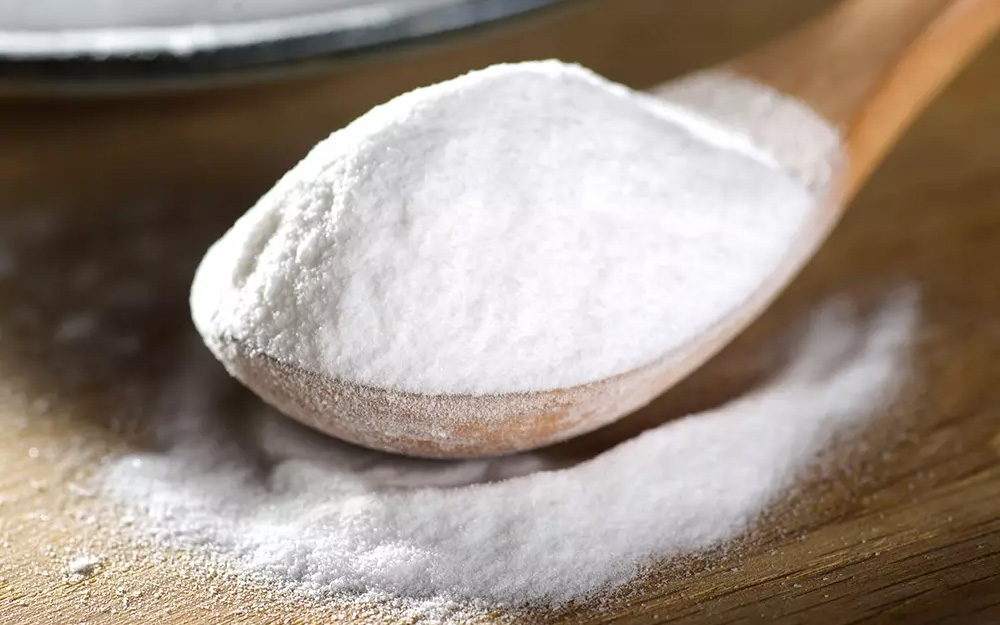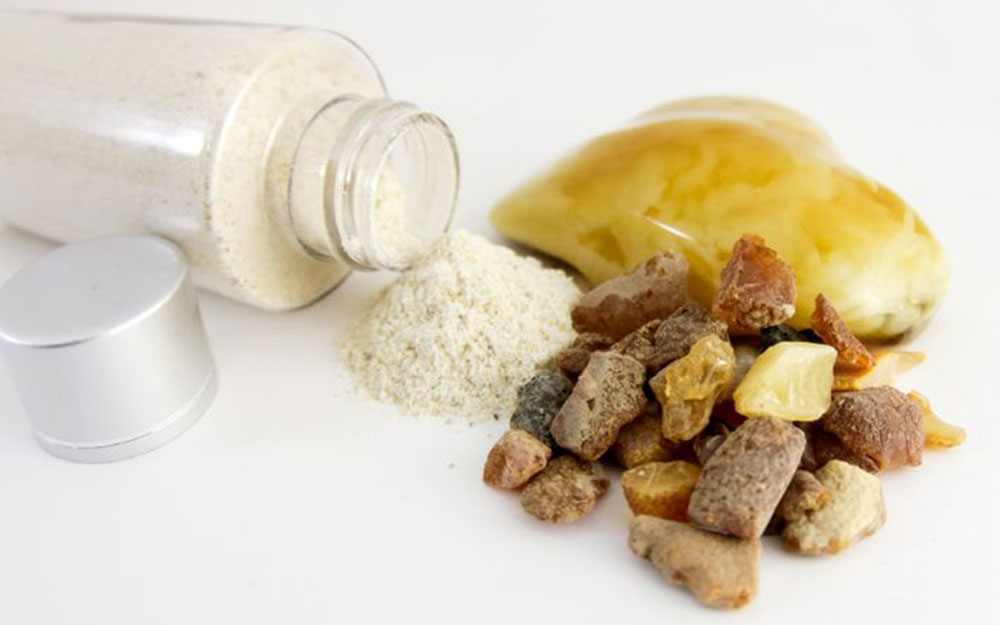
Advanced Tools For Exposure
Assessment and Biomonitoring
Medicines from the Sun: Exploring the Features and Properties of Succinic Acid
In the fast-paced modern world, the stresses and uncertainties of life can take a toll on our health, both physically and mentally. While maintaining a healthy lifestyle is crucial, there are times when additional support is needed. Enter succinic acid, a remarkable substance with a myriad of benefits for overall well-being. This article and materials on yantar.ua shed light on the composition, origin, mechanisms of action, and various applications of succinic acid.
All About Succinic Acid: Composition, Origin, and Mechanism of Action
Scientifically known as "butanediol" or "ethane-1,2-dicarboxylic" acid, succinic acid is one of the oldest biologically active additives. First identified in the 17th century by German doctor I. K. Barkhausen, it was extracted from Baltic sunstones, appearing as tiny colorless crystals with a sour-salty and slightly bitter taste. Succinic acid is a dibasic carboxylic acid with a formula of C4H6O4, and its properties have been extensively studied over the years.
Historically, succinic acid was obtained from hardened resin, believed to form in gems exposed to air and water. However, due to the limited amount present in gems, industrial production shifted to methods involving maleic anhydride and, more recently, bio-based synthesis using genetically modified bacteria or yeast fungi in plant mass.
Beyond its origins, succinic acid plays a vital role in metabolism, activating mitochondria and participating in the Krebs cycle. Its involvement enhances metabolism, leading to the efficient breakdown of saccharides, proteins, and fats, providing the body with energy. Additionally, succinic acid positively influences ATP production, electron transfer between cells, and tissue respiration.

Applications of Succinic Acid: A Versatile Biologically Active Supplement
The applications of succinic acid are diverse, making it a valuable biologically active supplement. It is used:
- As an Antioxidant: Combatting free radicals that accelerate aging and damage cell structures.
- In Oncology: Normalizing blood acidity and gas composition, inhibiting tumor growth, and mitigating chemotherapy side effects.
- As an Antibiotic: Destroying harmful bacteria and microbes.
- As an Antitoxin and Hepatoprotector: Alleviating side effects of medications, aiding hangover recovery, and countering food poisoning.
- As a Cytoprotector: Protecting organs from oxygen deprivation due to illnesses or injuries.
- As an Immunomodulator: Enhancing resistance to flu and SARS, promoting expectoration, and clearing the respiratory tract.
- In Cardiovascular Health: Treating heart and vessel diseases, anemia, and post-heart attack conditions.
- In Neurological Health: Preventing cerebral blood circulation disorders, age-related brain changes, and addressing insomnia, depression, and neuroses.
- For Joint and Muscle Health: Addressing radiculitis, arthritis, arthrosis, and aiding muscle warmth and spasm relief.
- In Reproductive Health: Supporting fertility, managing ovarian dysfunction, and contributing to a healthy pregnancy.
- Succinic Acid: Benefits, Harms, and Contraindications
While succinic acid offers numerous benefits, it is essential to consider potential harms and contraindications. It is not recommended for individuals with intolerance to similar substances, kidney issues, severe hypertension, or acute gastric ulcers. Caution is advised during pregnancy or breastfeeding, and dosage should be carefully regulated, especially before bedtime.
Despite its potency, succinic acid is considered safe, with minimal risk of overdose. It has localized effects on damaged tissues, making it a safe biologically active supplement. Consultation with a healthcare professional is advisable.
Succinic Acid: Instructions for Medical Use
Succinic acid is available in pharmacies as white powder or tablets, with a long shelf life. For internal use, it can be dissolved in hot water and added to food or cold drinks. Individual dosage is determined based on body weight, with specific indications for various ailments. The substance is versatile, addressing conditions ranging from cold prevention to hangover relief.

Succinate in Everyday Life: Beyond Health Benefits
Succinic acid's usefulness extends beyond health benefits. It finds applications in pharmaceuticals, polymers, surfactants, dyes, flavorings, varnishes, and perfumes. In the food industry, it serves as a vitamin and acidity regulator. Agriculture benefits from succinic acid, enhancing crop yield, seedling resistance, and soil stabilization.
Moreover, succinic acid contributes to plant health, revitalizing roots, stabilizing soil microflora, and aiding nutrient absorption. Its applications in everyday life also include the production of natural detergents, cosmetics, and even natural antistatic solutions for hands or hair.
Beauty Panacea: Succinate in Cosmetology
Succinic acid emerges as a powerful tool in cosmetology, available in various forms, including purified substance, amber powder, crumb, gemstones, and accessories made from polished cabochons. Its applications in cosmetology include:
- Stimulating Collagen Synthesis: Enhancing skin elasticity and reducing wrinkles.
- Gentle Abrasive Effect: Used in scrubs for smooth skin.
- Moisturizing Properties: Present in amber oil, aiding skin hydration and softening.
Recipes for Succinic Acid Beauty Treatments:
- Body Scrub: Crush gems, dilute in water or honey, apply, let dry, and wash off for smooth skin.
- Face Mask: Mix succinate with tonic or hydrolat, apply, and wipe off for improved skin condition.
- Shampoo Additive: Enhances hair health, addressing dandruff, hair loss, and split ends.
In conclusion, succinic acid stands as a versatile and potent biologically active supplement with a wide array of applications. From enhancing health and well-being to contributing to plant vitality and cosmetic benefits, succinic acid offers a holistic approach to various aspects of life. As you delve into the world of succinic acid, consider exploring our online store, "Amber Polissya," for products that harness the unique properties of this extraordinary substance.
The multi-sectoral composition of the A-TEAM consortium reflects the contribution of a variety of sectors